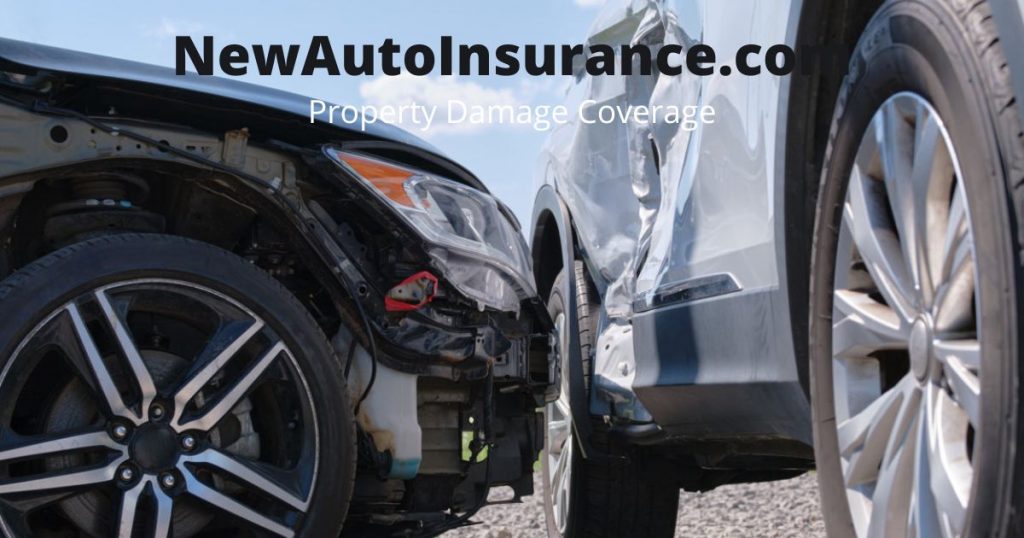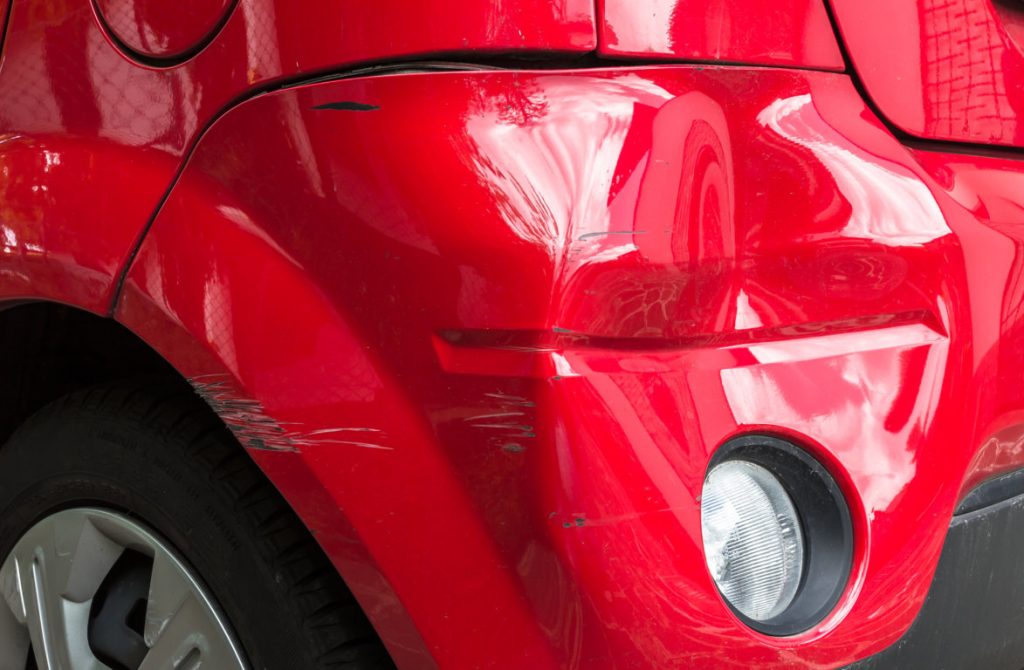Damage to homes, stores, vehicles, and other stationary things is covered by property damage liability insurance. Repairing or acquiring OEM (Original Equipment Manufacturer) parts for a $10,000 car versus a $100,000 car can be very expensive. Let’s see what personal injury and property damage coverage covers.
Accidental bodily injury liability insurance will pay for medical care and even burial expenses. A variety of circumstances affects claims under personal injury and property damage coverage, according to Kirchen.
The damaged party’s skill level
Do you see a minimum wage worker or a neurosurgeon? The opposite party is compensated for lost wages.
The other driver’s injuries
Were there mild bruising and scratches, a debilitating head injury, limb loss, or nerve harm? An accident can affect someone’s job and earning power. “There is a tremendous difference between bumps and bruises and a head injury or loss of limb or nerve damage in hand,” noted Kirchen.
The victim’s age
A young professional may have several years of significant earning capacity ahead of them, but an older person may be nearing retirement and will not suffer much income loss.
Coverage for personal injury and property damage
For this reason, we usually recommend carrying a sum equivalent to your net worth. Add your assets and deduct your total debt to get your net worth. If your net worth is below the state’s minimum, you may want to purchase ordinary liability coverage.

What is an umbrella policy? Where can I get one?
It covers damages below and above your auto insurance limits. If you have a high net worth, consider an umbrella policy. It is improbable that a claimant will sue you for damages that surpass your overall asset base if you have a low net worth.
Standard auto insurance does not set aside a set amount for personal injury or property damage, as does excess liability protection. It costs $1 million and can increase by $1 million.
Its return on the incremental premium is its most vital feature. You can protect your valuables up to $1 million for just a few hundred dollars a year so Insure your possessions with umbrella coverage if you can afford it.
To qualify for an umbrella policy, you must have a full split limit policy. For example, with Geico, your bodily injury and property damage coverage must total $300,000. Other insurers may have different standards.
Examples of umbrella auto insurance coverage:
Pile-ups
Primary auto insurance can only do so much in a multi-car accident. “Most people are unaware that their primary auto policy has a cap if they strike several cars or injure multiple people. It is therefore advised to acquire an umbrella coverage above these limits “Clement.
Income loss
If a neurosurgeon is incapacitated for six months, you may be liable for their lost wages. To put it another way, a surgeon makes an average of $775,968 every year and their lost wages totaled $387,984 for those six months. Forgoing your paycheck alone would have left you with nearly $88,000 in out-of-pocket expenses if you had Geico’s top level of protection. If you have a high net worth, an umbrella coverage could prevent you from paying the additional losses.
What auto insurance should I have?
Full coverage may also include personal injury and property damage liability. There is also personal injury protection (PIP), medical payments, and uninsured/underinsured motorist coverage.
While liability auto insurance is mandatory in all states except New Hampshire, many drivers choose these optional coverages. Many states require PIP and uninsured motorist coverage.
If your car is worth more than $2,000, we recommend collision and comprehensive coverage because it is worth it. Importantly, collision and comprehensive coverage cover your vehicle from physical damage, whereas personal liability protects you from third-party lawsuits.
The cost of collision and comprehensive insurance can mount up rapidly in an accident. Even if a car sustains $5,000 in damages in a crash, the cost of the coverage and deductible is likely to outweigh the savings.
Uninsured and underinsured motorist coverage is needed in around half of the states and is relatively inexpensive while IRC data shows that one in every eight drivers in the US is uninsured. We usually recommend an uninsured/underinsured motorist policy at a value close to your bodily injury and property damage liability coverage limits because getting into an accident with an uninsured driver can be costly.
Your state may not need personal injury protection (PIP) or medical payments coverage so long as your health insurance covers car accidents.
Click here to learn more about auto insurance.


